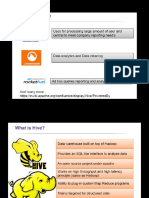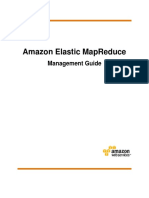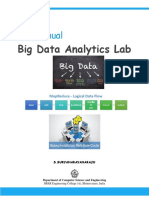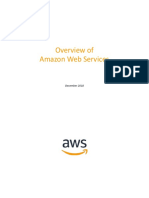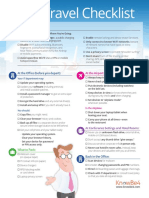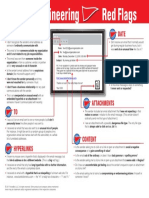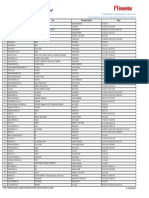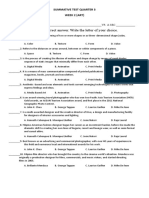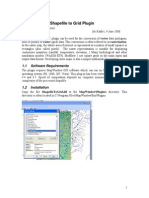0% found this document useful (0 votes)
282 views5 pagesData Engineering Nanodegree Program Syllabus PDF
The document outlines a Data Engineering Nanodegree program that teaches students to build production-ready data warehouses at scale. The 110-hour program is self-paced over 5 months and consists of 4 courses that teach data modeling, cloud data warehouses, data lakes with Spark, and automating data pipelines with Airflow. It culminates in a capstone project for students to combine the skills learned in the program.
Uploaded by
Ovidiu EremiaCopyright
© © All Rights Reserved
We take content rights seriously. If you suspect this is your content, claim it here.
Available Formats
Download as PDF, TXT or read online on Scribd
0% found this document useful (0 votes)
282 views5 pagesData Engineering Nanodegree Program Syllabus PDF
The document outlines a Data Engineering Nanodegree program that teaches students to build production-ready data warehouses at scale. The 110-hour program is self-paced over 5 months and consists of 4 courses that teach data modeling, cloud data warehouses, data lakes with Spark, and automating data pipelines with Airflow. It culminates in a capstone project for students to combine the skills learned in the program.
Uploaded by
Ovidiu EremiaCopyright
© © All Rights Reserved
We take content rights seriously. If you suspect this is your content, claim it here.
Available Formats
Download as PDF, TXT or read online on Scribd
/ 5

































